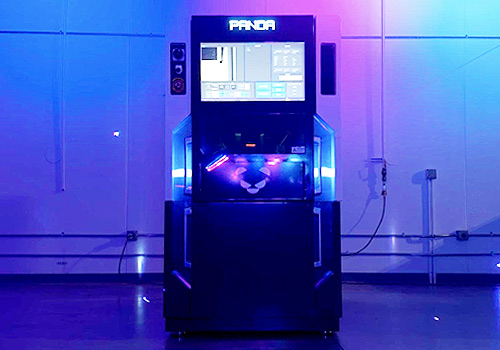
2025
GFT transforms CI/CD for world’s largest alt. asset provider
Entrant
GFT
Category
Innovation in Organizational Excellence - Excellence in Digital Transformation
Client's Name
n/a
Country / Region
United States
A US-based private equity firm (>$1T AUM) approached GFT in 2024 with a problem. The firm’s software development team was fighting a losing battle with their Continuous Integration/Continuous Delivery architecture. While the aim of CI/CD is to automate deployment of software in a way that minimizes errors and increases efficiency, the firm’s architecture was doing the opposite. Faced with spiraling costs and resource-intensive architecture, the firm enlisted GFT to implement a CI/CD architecture that would improve security, optimize performance and reduce costs.
SOLUTION
A highly innovative solution was developed to meet client objectives. Highlights:
1. Stakeholder management: To ensure the client’s Architecture Committee approved the solution without issue, the team deployed unique concepts from Japanese culture, including Nemawashi (consensus-building technique where informal conversations are held with key stakeholders before formal meetings to align expectations), and the Hanko system (getting stamps of approval from critical teams before official meetings).
2. Technical delivery: GFT’s solution has utterly transformed the client’s architecture:
-Maintenance: 180 Jenkins servers were replaced with a Kubernetes-based system that automates resource management and reduces manual interventions.
-Resource efficiency: AWS Spot Instances (c. 90% cheaper vs. on-demand instances) were introduced to handle non-critical tasks, thereby allowing the architecture to task critical/continuous projects to on-demand nodes.
-Availability: Where the old system was limited to one region (no redundancy), the new system uses multi-region clusters with multi-AZ support, ensuring availability at peak workloads.
-Scalability: Previously, there was no dynamic scaling, meaning the team often over-provisioned resources. Now, resources are adjusted automatically based on workload.
-Security: Previously, security was convoluted, especially with custom networking between AWS accounts. Now, IRSA (IAM Roles for Service Accounts) provides secure, egress-only, multi-tenant access.
-Billing: Before, costs weren’t based on actual usage. Now, with usage-based billing, the client is charged fairly based on actual use.
IMPACT
-Savings: 87.6% reduction in costs, equating to $420,000/year savings.
-Economy: 90% reduction in costly on-demand servers.
-Capability: Added multi-region deployment and disaster-recovery for zero additional spend.
-Speed: Delivered in just six months.
Credits

Entrant
Bingyi Liu, Peixiaoyu Yu, and Xin Cheng
Category
Innovation in Design - User Experience Design
Country / Region
United States


Entrant
Category
Innovation in Design - User Experience Design
Country / Region
United States


Entrant
Joyce Li
Category
Innovation in Design - Fashion, Apparel and Garment Design
Country / Region
United States


Entrant
PROMATION USA
Category
Innovation in Technology - Automation Technology
Country / Region
United States
